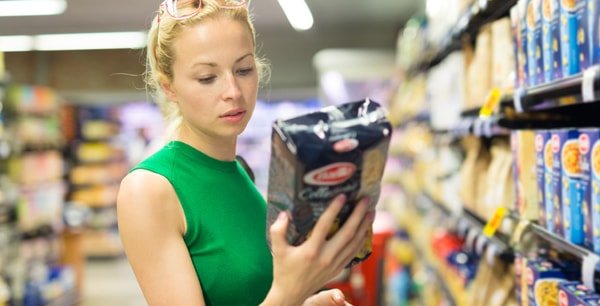A major trend in the food industry is the consumer’s preference for healthy, natural and sustainable foods and the industry’s initiatives to meet this consumer demand. While there are laws and standards that govern ‘organic’ food production and labeling there really is little, in the US market, that governs how food companies develop and market ‘natural’ products to consumers. While terms like ‘all natural’ and ‘whole’ foods have been around for a while there’s a new term that consumers may see in the marketplace: “Clean Label”. There’s already a fair amount of confusion among some consumers about the difference between natural and organic foods. What does it mean to have a clean label and does another term help consumers make better shopping decisions or does it simply muddy the waters more by affording food companies the chance to make yet another claim that their foods are “healthy”?
What Clean Labeling is Not
It’s important to know that clean labeling is a trend – it is not an FDA initiative nor is it governed in any way at the state or Federal level. Further, the term “clean label” is not regulated by any particular organization. In its most basic form , clean labeling is a movement in which the consumer is provided with information about a product that is clear and transparent with regard to meaning. Sometimes this leads to manufacturers removing synthetic additives, flavors, and colorants and replacing them with natural ingredients but there is no guarantee of this.
There is a website called GoCleanLabel that will provide food companies with a logo to use on packaging which indicates that a product has met their requirements. However, GoCleanLabel is a private company which reviews products at a food company’s request. These companies must sign a license agreement and pay an annual fee in order to have permission to use the GoCleanLabel logo. Another website called The Clean Label Project offers similar certification and an on-package seal of approval. With these various, unregulated “certification” and “approvals” there is the possibility that they all become viewed as schemes and end up ignored by the consumer looking for a short and simple list of ingredients when they shop for food.
Should Consumers Trust ‘Clean labels?
In the final analysis when you talk about clean label you are talking about the consumer’s perception of the label. Ideally a clean label lists recognizable ingredients that are less processed and contribute to their health and wellness requirements. But the reality is that just because a food manufacturer has jumped on the clean label train doesn’t necessarily mean that their products respond to the consumer’s desire for healthy and natural foods. Recently the makers of Hydrox Cookies, a competitor to Oreo’s, announced a new ‘clean label’ formula for Hydrox. While the new recipe contains no artificial colors and flavors, trans fats, high-fructose corn syrups or bioengineered ingredients that doesn’t mean consumer’s should be fooled into thinking that the snack is a healthy substitute for an apple or a banana.
To the extent that the clean label trend forces manufacturers to innovate and find ways to come up with new solutions that meet consumer demand for healthy products, then the movement has its merits. That said, consumers should know that food companies are always balancing consumer demands, product shelf life and cost considerations in bringing a product to market. Until a clear set of standards – and perhaps even guidance from the FDA and USDA – is in place the clean label term will probably have an impact in the marketplace that is similar to the ‘all natural’ term. In other words, while some consumers may be influenced by the clean label claim, the savvy and health-conscious consumer will still need to exercise due diligence when food shopping.

